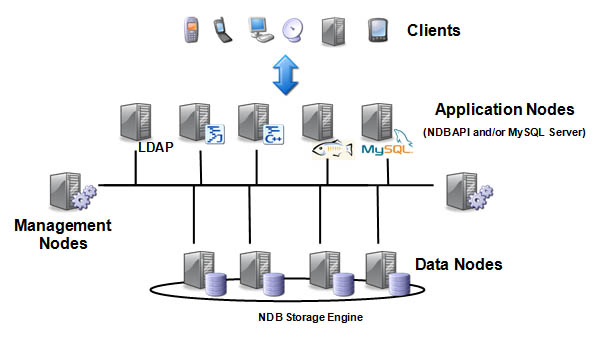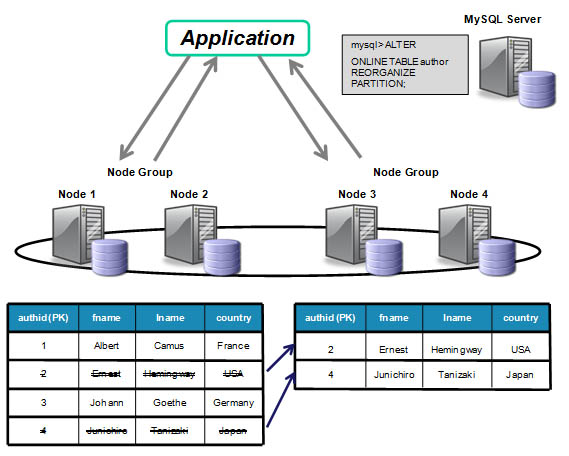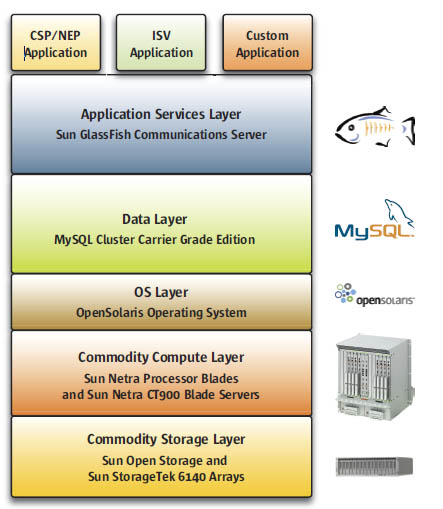Following on from the announcement at the User Conference last week that MySQL Cluster 7.0 is now generally available, Mat Keep and I will present the first public webcast this Thursday. If you’d like to attend but the time isn’t convenient then you can either watch/listen to the recording after the event or wait for the next one to be announced (will be aimed at different time-zones).
Details…..
What’s New in the Next Generation of MySQL Cluster?
Thursday, April 30, 2009
Whether you’re racing to introduce a new service, or trying to manage an avalanche of data in real time, your database has to be scalable, fast and highly available to meet ever-changing market conditions and stringent SLAs.
By attending this webinar, you will learn more about MySQL Cluster 7, and how it enables you to deliver 99.999% database availability, with real time performance and linear scalability, while slashing TCO.
Boasting a range of breakthrough capabilities, the MySQL Cluster 7 will enable you to stay ahead of your most demanding, mission-critical application requirements. Enhanced scalability delivers higher database performance with fewer nodes to simplify deployment and administration. Expanded platform support and interoperability delivers more choice in both the development and deployment of MySQL Cluster. Simplified cluster monitoring tools reduce DBA administration overhead and operational costs.
WHO:
* Andrew Morgan, MySQL Product Management
* Matthew Keep, MySQL Product Management
WHAT: What’s New in the Next Generation of MySQL Cluster? web presentation.
WHEN:
Thursday, April 30, 2009: 10:00 Pacific time (America)
Thu, Apr 30: 07:00 Hawaii time
Thu, Apr 30: 11:00 Mountain time (America)
Thu, Apr 30: 12:00 Central time (America)
Thu, Apr 30: 13:00 Eastern time (America)
Thu, Apr 30: 17:00 UTC
Thu, Apr 30: 18:00 Western European time
Thu, Apr 30: 19:00 Central European time
Thu, Apr 30: 20:00 Eastern European time
The presentation will be approximately 45 minutes long followed by Q&A.
WHERE: Simply access the web seminar from the comfort of your own office.
Register for the live webinar here:
http://www.mysql.com/news-and-events/web-seminars/display-320.html
Download the MySQL Cluster Architecture and New Features whitepaper:
http://www.mysql.com/why-mysql/white-papers/mysql_wp_cluster7_architecture.php





